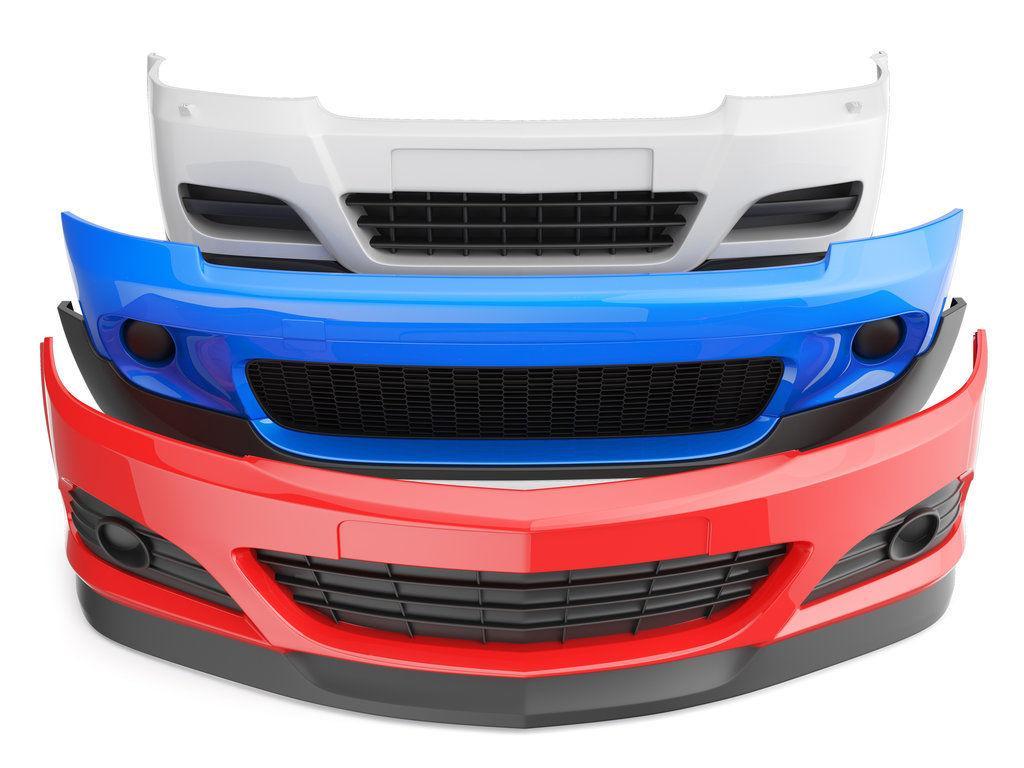There are many differences between old vehicles and newer models. But one difference stands out in these environmentally conscious times. It has to do with the amount of plastic. Newer vehicles have more of it. The reason is largely because of the need to reduce the vehicle’s weight, which in turn reduces the fuel consumption.
While this is great, it does lead to the question of what exactly happens to the plastic when the car’s time is up. Because plastic doesn’t have the best reputation in relation to environmental concerns. So, what exactly does happen to the plastic that is becoming more and more common in our automobiles? Read on to discover the truth:
The Metal and Plastic is Separated
After you sell your car to the cash for cars company or an auto wrecking company of your choice, it is transported to the salvage yard. The vehicle has all the hazardous substances within it removed, including the coolant, brake fluid, engine oil, any remaining petrol that may be in the tank. It is usually recycled or disposed of following strict guidelines.
The auto will most likely have a bounty of parts that can be re-sold as second hand auto parts. So they must be removed. After that is taken care of, the remaining shell, is put into the crusher. The crusher flattens the car. Then it is shredded by a shredder. All the plastics and metals are shredded together and come out in clumps that are small in size. The next task that needs to be taken care of is the sorting stage.
Separating the Metals from the Plastics
There are different ways that the separating part can be achieved, and different companies will have a preference for one method over another. One way is to use magnetism, and another is magnetism. These methods will perform the task of effectively separating the alloys from the polymers.
After the plastics go through the process of grouping, which differentiates specific Polymer types and groups them together, they are put into extruders. An extruder is a device that melts plastic materials into a liquid. That liquid will then be able to be made to form other shapes. Different recycling companies will make different shapes based on what they are going to be used for.
Pure is Better
When plastic goes through these processes, there isn’t any promise that they will be perfectly pure. This is why they sometimes need to be purified to meet the standards of specific industries. This includes the food packaging industry, for obvious reasons. The result of this process is the production of different grades of plastic. Some grades are higher, some lower, and the higher grade plastics are more expensive to purchase due to the extra time and effort that goes into making them. Next time you are consuming food from a plastic container you can be rest assured that the plastic has gone through a lot more processing than the plastic used to contain, say, a children’s toy.


